

For many people, summer means sun-drenched days, long evenings, and a relaxed pace. But it can feel like navigating a dense fog when you’re trying to focus and work. There is actually a phenomenon known as “summer brain fog,” an unavoidable reaction to the season’s unique challenges. As daylight hours grow longer, our sleep cycles get disrupted, temperatures rise, and outdoor activities are alluring.
Rather than fighting this natural inclination with guilt or frustration, let’s adapt to it. The goal isn’t to push harder; it’s to work smarter, aligned with the summer rhythm, and to give your brain the conditions to thrive, even when the mercury rises. To help you navigate summer brain fog, maintain focus, and still enjoy the season, here are 12 strategies.
1. Honor the Fog Before You Fight It: Acceptance as Your First Step
Before discussing practical solutions, let’s take a collective deep breath and normalize this experience. It’s not laziness that causes summer brain fog. It’s not a personal failure either. Often, it is an unavoidable and remarkably natural response to significant environmental changes and physiological state alterations. Higher temperatures, longer daylight hours, and disruptions to our routine (even minor ones) all disrupt our circadian rhythms.
Instead of carrying guilt or shame over your shoulders, acknowledge your shifting energy levels. It’s okay if productivity does not manifest in the same high-octane way every day. In these hazy moments, rather than punishing yourself for not hitting the same full throttle as in crisp autumn air, consider them gentle invitations to recalibrate. For summer productivity to be sustainable, acceptance is the foundation.
2. Shorten Your Focus Sessions: The Power of Pomodoro (Summer Edition)
If your attention span feels shorter than it does in cooler months, you’re not imagining. Warmth, vivid light, and summer stimuli outside can cause cognitive fatigue more rapidly. It’s likely to cause frustration and diminished output if you attempt to force yourself into traditional hour-long deep work blocks. Pivot instead to shorter, more manageable periods of focus.
This is where techniques like the Pomodoro method truly shine, with a summer twist;
- 20/10 rule. You can experiment with working intensely for 20 minutes and then taking a generous break for 5-10 minutes. Consider stepping outside for a few minutes of sunshine, stretching, grabbing ice water, or just closing your eyes during that break.
- “Just get started,” timer. When a task feels overwhelming, set a timer for ten minutes. Start by telling yourself, “I’ll work on this for 10 minutes.” Sometimes it’s the inertia of starting that leads to success.
Even when your mind is halfway to your imaginary vacation spot, shorter sessions reduce your sense of overwhelm, making it significantly easier to sit down and get started.
3. Incorporate Movement (and Sunshine) into Your Day: Re-energize Your Brain
A sedentary desk job during the summer is almost unnatural and deeply counterintuitive. The good news is you don’t need to choose between productivity and nature. Movement is one of the most powerful cognitive enhancers available. In addition to re-energizing your body, it also provides a crucial reset for your mind, often fueling creativity and clarity.
Throughout your day, incorporate active focus strategies:
- Walking meetings. Whether you’re talking to a colleague or pacing around your backyard, you can take calls or have brainstorming sessions while you’re walking.
- Standing desk intervals. Use a standing desk alternately with a sitting desk. It is even possible to make a difference by shifting your weight, setting aside specific times to stretch, and standing up.
- Micro-breaks. Plan short, intentional breaks for movement. Walk briskly for 10 minutes around the block, stretch for five minutes between tasks, or dance.
Often, the best and most innovative ideas emerge during a brisk stroll or a quiet moment of reflection under a shady tree, not when you stare at a screen.
4. Lean on Visually Appealing Tools: Engaging Your Senses
During the summer, the senses are vividly engaged: sight, smell, touch, and even taste. Enhance your organizational and productivity tools by incorporating more visual stimulation and aesthetic pleasure. When your spirit craves vibrancy, dull spreadsheets and lifeless to-do lists can feel particularly unappealing.
Consider something that sparks engagement and makes the process fun instead of mundane:
- Digital tools with flair. Explore project management tools like Trello, Asana, or Notion to create highly customizable, visually rich task boards. A clean interface and customizable elements can make planning feel more enjoyable.
- Analog aesthetics. For those who prefer paper, invest in a beautiful notebook with a summery cover, smooth and inviting paper, and an aesthetically pleasing pen. To categorize and prioritize, use color-blocked planners, pastel highlighters, or thematic stickers.
By using an engaging visual system, organizing becomes a creative ritual rather than a tedious chore.
5. Batch Your Energy, Not Just Your Tasks: Work With Your Flow
When daylight hours are longer or social engagements are later, energy levels tend to fluctuate more dramatically during the summer. Rather than expecting your brain to be “on” at full capacity all day, match your work to your natural energy rhythm.
Keep an eye out for the times when you feel most alert and mentally sharp. In many cases, this occurs early in the morning, before the heat of the day sets in, or perhaps in mid-morning after a revitalizing cup of coffee. During these peak times, batch your most mentally demanding, deep-focus work. On the other hand, reserve lighter, more administrative tasks, email correspondence, and collaborative meetings for times when you are naturally drained.
Here’s a sample summer rhythm;
- 8:00 AM – 10:00 AM: Use this time for creative endeavors, complex problem-solving, or deep-focus projects.
- 10:00 AM – 10:30 AM: Take a walk, get some fresh air, and eat something healthy.
- 10:30 AM – 12:00 PM: Complete administrative tasks, check your email, or work on collaborative projects that require less focus.
- Afternoon: This time is best used for lighter brainstorming, responding to calls, and scheduling your well-deserved break outside.
With rhythm-based structures, you may be more sustainable in your productivity rather than constantly fighting against it.
6. Create a “Summer Mode” Workspace: Subtle Environmental Cues
When everything around you is screaming leisure, even seemingly minor environmental tweaks can signal to your brain to shift into focus mode. By reflecting the season in your workspace without introducing distractions, you can foster a powerful balance between seasonal joy and mental clarity.
Here are some subtle, yet effective upgrades you can make to your workspace;
- Sensory enhancements. For a cooling breeze, place a mini personal fan on your desk. Additionally, using an essential oil diffuser allows you to enjoy the scents of citrus or ocean-inspired essential oils.
- Comfortable attire. Stay cool and comfortable by wearing light, breathable clothing for your desk. If you feel stifled by your workwear, let it go.
- Visual refresh. Use a calming and relaxing screensaver, such as a lush green landscape or a soothing beach scene. For a natural way to energize your space, fill a small vase with fresh, seasonal flowers.
- Natural lighting. When possible, utilize natural light to enhance mood and alertness.
You want your workspace to be a comfortable, inviting oasis that subtly encourages concentration rather than a place you feel forced to leave.
7. Adopt a “Good Enough” Mindset: Perfectionism Takes a Vacation
Although perfectionism thrives in the high-pressure environments of other seasons, summer encourages a relaxed, good-enough attitude. Now is an excellent time to practice this skill.
You don’t have to strive for 110% output on every single task. Instead, ask yourself: “What is the simplest, most efficient way to complete this task without burning myself out?”
Don’t force your brain to go on vacation when it’s already halfway through. It’s better to prioritize maintenance over aggressive growth, clarity over unnecessary complexity, and consistent progress over elusive perfection. When the bar is lowered a little, it lessens mental friction and makes starting (and finishing) tasks feel less intimidating.
8. Plan for Play — Not Just Work: Intentional Leisure
You might not benefit from more discipline, but rather from better integrating leisure into your schedule if your mind consistently drifts to sandy beaches and refreshing dips. By consciously planning for summer, you can remove internal distractions and alleviate guilt while enjoying it.
Consider the following strategies when playing deliberately;
- “Fakecations.” Schedule short breaks, such as half-day Fridays, extended lunch breaks, or a full afternoon off during the week.
- Built-in rewards. Make small, tangible rewards an integral part of your daily work routine. When you finish a challenging task, promise yourself an iced coffee break, an hour of reading in a hammock, or a dedicated patio time.
- “Off-grid” hours. Schedule specific “off-grid” hours or even whole days where work isn’t even an option. You should turn off notifications, put away devices, and immerse yourself in your leisure activities.
Intentionally scheduling leisure increases your brain’s focus during work periods because it trusts that well-deserved fun and relaxation are right around the corner.
9. Use Seasonal Themes to Fuel Motivation: Join the Summer Vibe
It may seem impossible to resist summer’s pervasive energy, so why not join it? Be intentional about incorporating the season’s inherent energy, imagery, and positive associations into your daily routines, goals, and mindset.
By using metaphors and language associated with summer, you can reframe your tasks and projects:
- It’s a slow simmer, not a pressure cooker. Let’s have fun with it.”
- Next quarter’s initiatives are in the works, and we are looking forward to harvesting them in the fall.”
- Let’s declutter my mental space like a summer closet clean-out.”
You can even use simple sensory cues to help. Using upbeat, tropical, or calming acoustic music, create a summer-themed instrumental playlist. Work can feel more like a relaxing session at a charming beachside café with this approach.
10. Stay Hydrated and Eat Light: Fuel Your Brain Right
When your brain is dehydrated, even mild fluid loss can impair cognitive function, leaving you feeling fatigued, unable to concentrate, and foggy. When the weather is warmer, your body works harder to regulate temperature.
- Water is king. Plain water should be your primary beverage. Throughout the day, keep a large water bottle at your desk and drink regularly.
- Electrolyte boost. If you are active or sweat a lot, add electrolyte tablets or sea salt to your water.
- Hydrating foods. Fruits and vegetables high in water, such as watermelon, cucumbers, strawberries, and leafy greens, should be incorporated into your diet.
- Avoid heavy meals. After a large, heavy meal, blood flow is diverted to your digestive system, which causes sluggishness afterward. To maintain energy without a “food coma,” eat lighter, more frequent meals packed with lean protein, healthy fats, and complex carbohydrates.
11. Optimize Your Sleep Environment: Combat Daylight Disruptions
Increased social activities, longer daylight hours, and warmer nights can disrupt your sleep schedule, causing summer brain fog. To maintain optimal cognitive performance, prioritizing quality sleep is essential.
- Darkness is key. Block out early morning light with blackout curtains or blinds, signaling to your body that it is still night.
- Cool and comfortable. Make sure your bedroom is cool and comfortable. If you’re too warm, use a fan or air conditioning. Also, consider lighter bedding.
- Consistent schedule. To regulate your circadian rhythm, keep a consistent sleep-wake schedule, even on weekends.
- Wind-down routine. To signal to your body that sleep is approaching, try working out, taking a cool shower, reading a book, or listening to calming music before going to bed.
12. Connect with Nature Intentionally: Recharge Your Mental Battery
In addition to movement, actively seeking out and appreciating nature can improve your focus and mental clarity. Studies consistently demonstrate that exposure to green spaces reduces stress, improves mood, and even enhances cognitive abilities.
- Morning ritual. Spend a few moments observing the natural world in your garden, on your patio, or by an open window as you begin your day.
- Lunch break escape. You can eat your lunch outside in a park, on a bench, or at a picnic table.
- Weekend immersion. On weekends, plan immersive outdoor activities, such as hiking, biking, and swimming.
- Bring nature indoors. To create a calming, natural atmosphere in your workspace, if you’re unable to spend time outdoors, consider bringing plants inside or choosing artwork inspired by nature.
You can restore your brain’s ability to focus by consciously incorporating nature’s gentle distractions into your routine.
Final Thoughts: Float, Don’t Force
There’s no need to let summer turn into a productivity wasteland. With these adaptable strategies, you can maintain your momentum, reach your goals, and enjoy the summer without the perpetual haze and exhaustion.
FAQs
Is “summer brain fog” a real medical condition?
While “summer brain fog” is not a formal medical diagnosis, it is very common to experience reduced focus and mental fatigue during warmer months. Several factors can contribute to it, including changes in circadian rhythms caused by longer daylight hours, dehydration, heat stress, disrupted sleep patterns, and anticipation of vacation. This is more of a seasonal phenomenon.
How long does summer brain fog typically last?
The duration can vary significantly depending on the individual. Many people view it as a mild, occasional distraction that lasts around the peak summer months. For others, the feeling can last throughout the entire summer season, from late May through early September. The feeling usually lifts in the fall when temperatures cool, daylight hours shorten, and routines become more established.
Besides the tips in this guide, are there any dietary changes that can help with focus?
Yes, absolutely!
Be sure to drink plenty of water throughout the day to stay hydrated. Also, consume omega-3 fatty acid-rich foods (like salmon, chia seeds, walnuts) to maintain brain health. In addition to fruits and vegetables that contain antioxidants (berries, leafy greens), antioxidant-rich foods can also help prevent oxidative stress. Whenever possible, limit foods that are heavy, processed, or high in sugar, as these can cause energy crashes and leave you feeling fatigued.
What if I work in a highly demanding job and can’t always “honor the fog”?
It is possible to incorporate some of these strategies even in highly demanding roles. Plan shorter, intensive focus blocks; take very brief, intentional movement breaks (even just 5 minutes); optimize your workspace for comfort; and practice the “good enough” mindset. If possible, communicate your needs and make sure your “off-grid” time is protected.
How can I explain this to my boss or colleagues without sounding like I’m slacking off?
Don’t refer to brain fog as “brain fog.” Instead, adjust your work strategy for maximum productivity. For example, “I’m most productive doing deep work in the mornings, which is why I’ll dedicate that time to [project]. As for afternoons, I’ll do lighter work and collaborations.” Or, “I’m experimenting with short bursts of focused work followed by quick re-energizing breaks to keep the work quality high throughout the day.” Frame it as a strategy for efficiency, not one of struggle.
Image Credit: Vlada Karpovich; Pexels
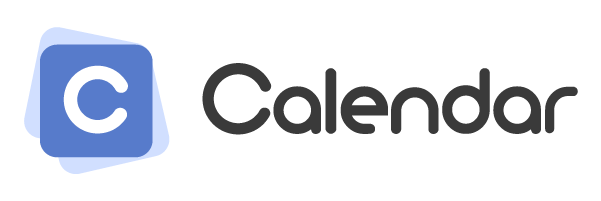
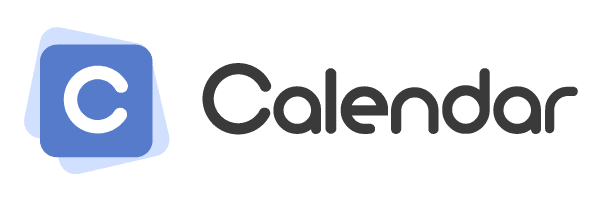
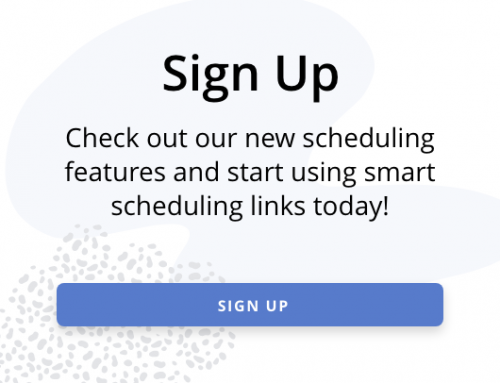



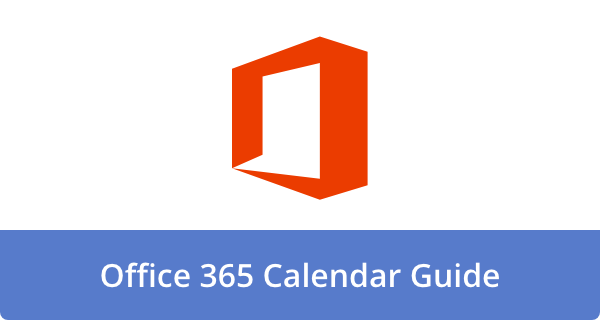
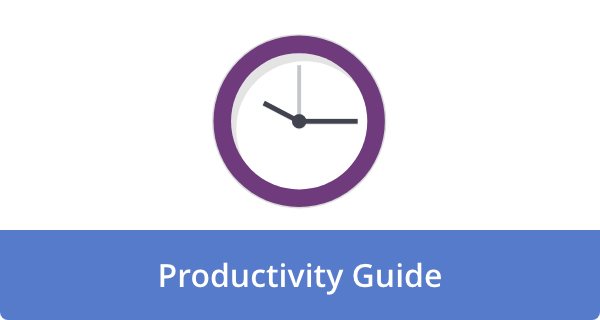

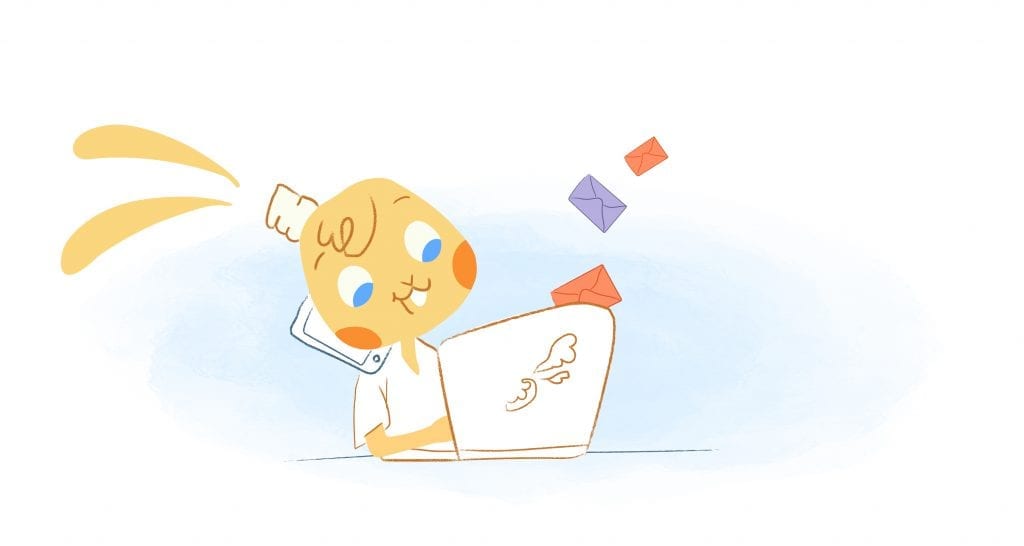

John Hall
John Hall is the co-founder of Calendar a scheduling and time management app. He’s also a keynote speaker that you can book at http://www.johnhallspeaking.com.